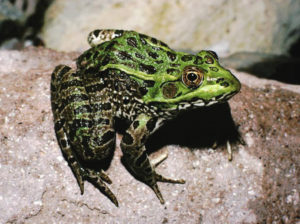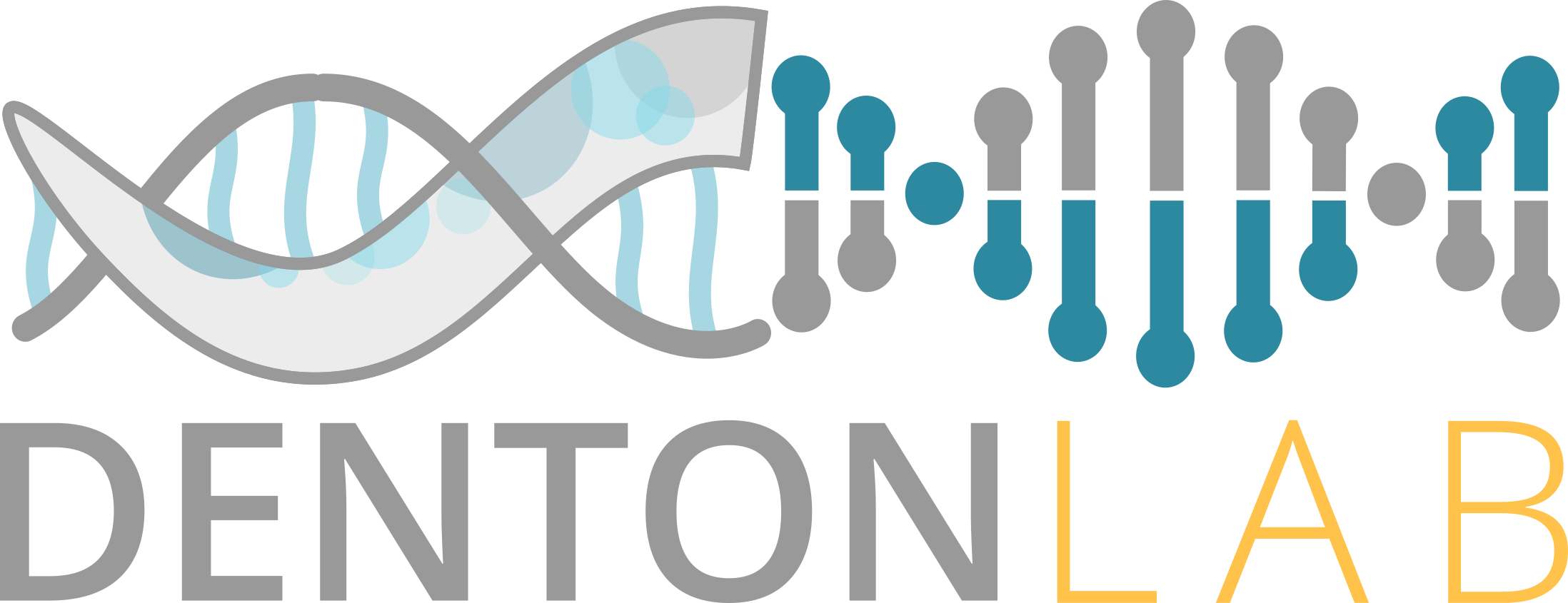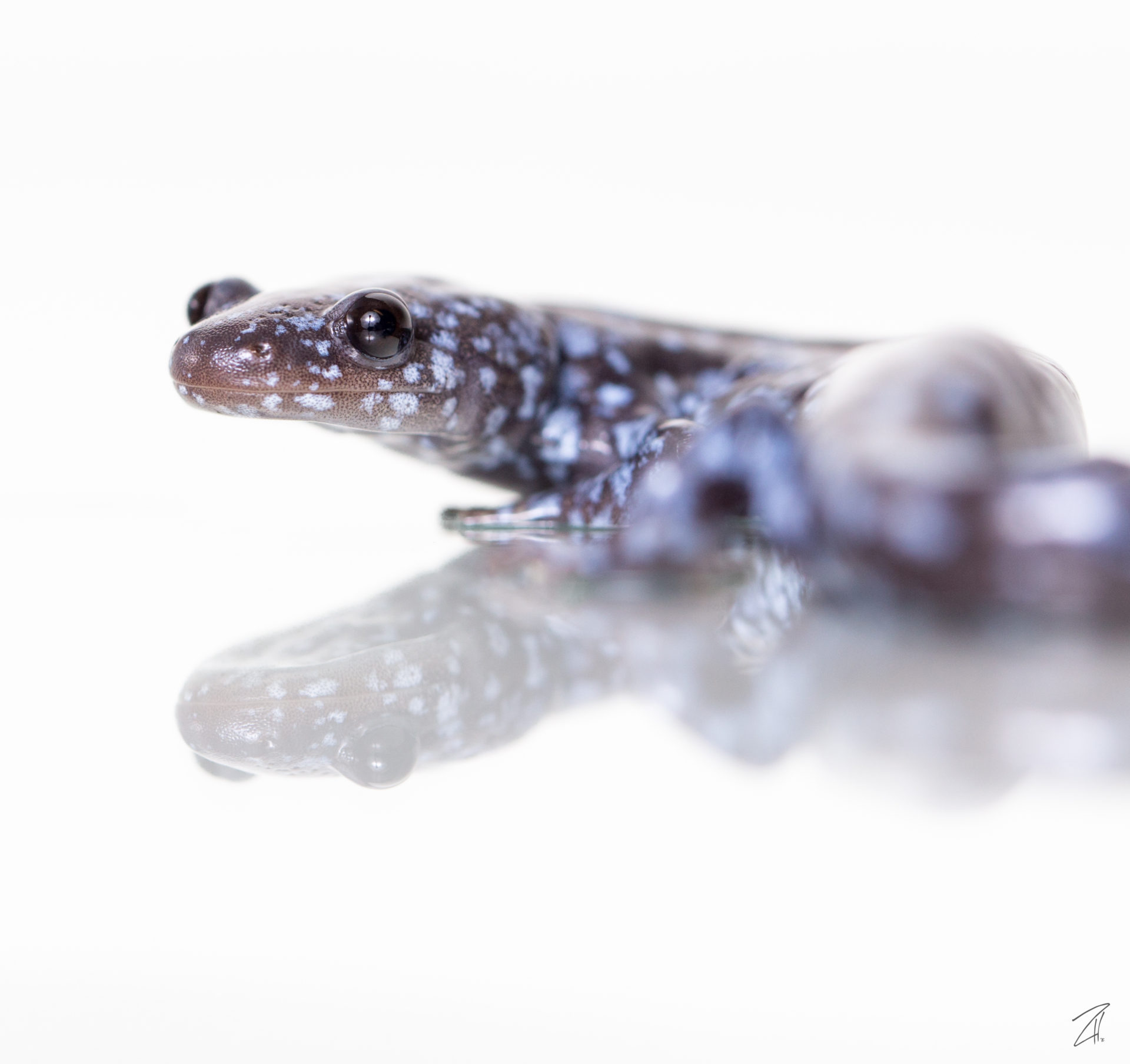The projects in our lab revolve around using genetic data to answer questions about the biology of amphibians. Across human cultures, amphibians are often used to symbolize growth, transformation, and new possibilities. These symbols are fitting for a lab that mostly consists of undergraduate researchers who are immersively learning, challenging themselves, and making big decisions about their future.
Our specific research interests range widely, but we strive to work integratively across field, lab, and computer environments. There is always something interesting going on! Below are the primary projects we’re working on right now:

Strange salamander biology

We primarily study the wonderfully strange unisexual Ambystoma salamanders, an all-female lineage of salamanders that are widespread across Eastern North America. These salamanders reproduce uniquely among vertebrates by “stealing” sperm from the males of other sexual species. This has resulted in a single line of females with multiple genomes from other species, all without a male in sight! We’ve sought to explain how these unisexuals get away with this mode of reproduction without driving sexual species—or themselves—extinct. We’ve used molecular, ecological, and physiological data to make new discoveries about the ecological and evolutionary relationships between sexual and unisexual salamanders. These projects include finding vast differences in dispersal ability between sexual species and unisexuals (Denton et al. 2017), faster tissue regeneration in unisexual salamanders (Saccucci et al. 2016), gene expression balance between unisexual subgenomes (McElroy, Denton et al. 2017), and long periods of divergence in the unisexual lineage (Denton et al. 2018).
Our current projects focus on the interactions between mitochondrial and nuclear genomes and are funded by the National Science Foundation. This multi-year award funds the participation of students, collaborations with other universities, and the development of new educational initiatives at Marian.
Amphibian conservation genetics

We take our role as public servants seriously, and are always looking for ways to use genetic data to help state and federal agencies protect and conserve our native wildlife. We’ve begun working with the Arizona Game and Fish Department (AZGFD) to establish a genetic management plan for the threatened Chiricahua Leopard Frog (Rana chiricahuensis) across its range in Arizona and New Mexico. This frog is the focus of one of the most successful amphibian reintroductions in the United States, and we are working to understand the genetic consequences of recovering this species.
We collaborate with individuals from AZGFD, New Mexico Department of Game and Fish, Turner Enterprises, and the University of Michigan as part of a Recovery Challenge Award form the US Fish and Wildlife Service. This award funds student researchers, collaborations with other scientists, and travel to meet with partners in the southwest US.

